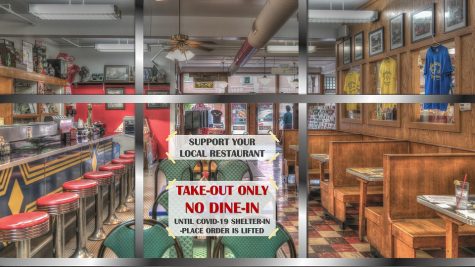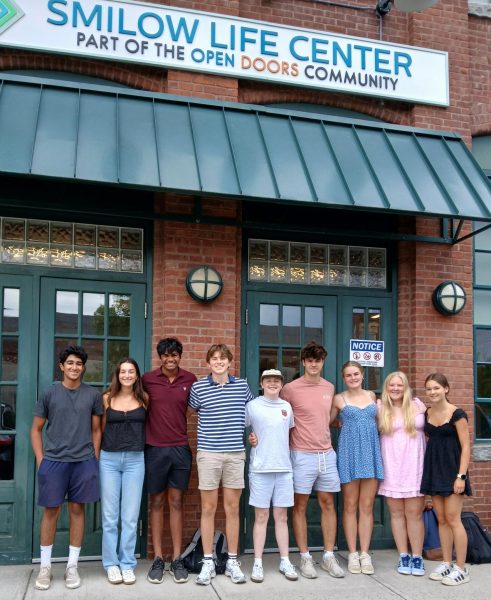Is It Safe to Go Out to Eat?
If you are set on dining out, there are three simple things that can be done to reduce risk.

States are slowly reopening across the United States. After weeks of stay-at-home orders, 30 states have already started reopening certain nonessential services, sit-in restaurants among them. Just because you can go out to eat, however, doesn’t mean the risks have materially disappeared. This begs the question: Is it safe to go out to eat- and should you?
The short answer: it depends.
Levels of risk in restaurants differ from community to community, individual to individual, and are based on several factors. There are, however, several key precautions that have been proven to significantly lower risk of transmission.
Community
Checking the coronavirus cases and transmission rates in your town before going out is always advisable. Still, the Atlantic Monthly recently found that many states’ reopening plans for public dining areas don’t even meet White House guidelines- checking if your community is one of those could help you make more informed decisions. Regardless of the community, however, experts generally agree that getting take-out is always a safer option as opposed to dining in.
Individual
It goes without saying that anyone experiencing COVID-like symptoms should stay home. However, there are certain other groups at an increased risk of contracting the virus- the CDC identifies them as “high-risk” groups.
Those who fall into these “high-risk” populations include those who are in frequent contact with nursing homes, those with moderate to severe asthma, and those with diabetes or chronic health issues. Even more at risk, says New York Medical College dean Dr. Robert W. Amler, is the elderly- defined as anyone over 65 years of age.
Key Precautions
If you are set on dining out, there are three simple things that can be done to reduce risk. Firstly, use a mask when not eating or drinking to protect yourself from unwanted respiratory droplets that could stay in the air for as long as 14 minutes, the New York Times reports. Secondly, try to find a table outside: While restaurants are being encouraged- and compelled, in some cases- to reduce capacity, studies have found that the virus transmission rates are far greater inside. Thirdly, and perhaps most importantly, be aware of your surroundings and ask yourself questions: Are the waiters wearing masks? Are you touching shared surfaces? Are tables 6 feet apart?
There is no such thing as “zero risk” in these uncertain times: Everything you do will potentially expose you to the virus. To mitigate risks, stay home as much as possible; don’t go out unless it’s absolutely needed- at the end of the day, curbside pick-up and delivery options are the way to go.






